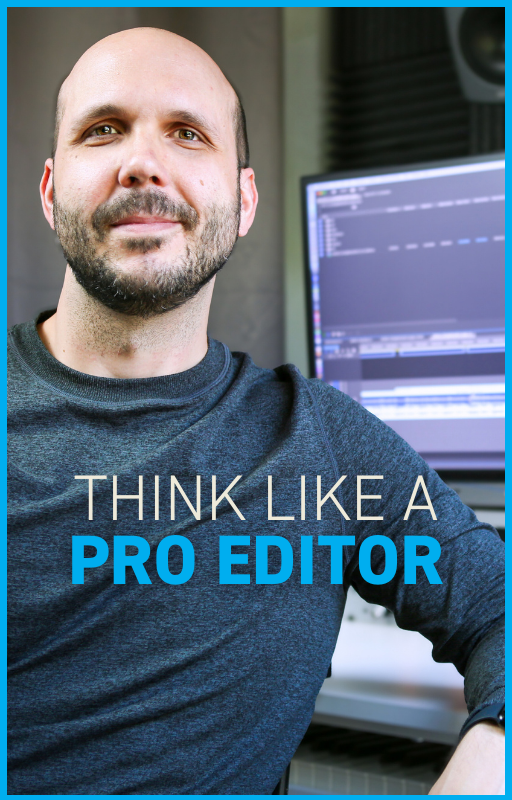The Most Important Criteria For Video Editors
May 04, 2024In today’s article I’m going to share THE most important criteria for successful editing.
In order to illustrate the concept, I'll be referencing the 3D-animated short film Pigeon: Impossible that was released in 2009. I was the editor and I also contributed to the story.
I would consider this to be a very successful project—racking up over 14 million views on YouTube and inspiring the 3D-animated feature film Spies in Disguise starring Will Smith and Tom Holland.
So if someone asked me, "What made this a successful editing project for you?" this is what I’d say:
This project was successful because the audience feels what I intended them to feel throughout the film. They feel curious, surprised, excited, nervous, and amused. And they feel those things when writer/director Lucas Martell, the story team, and myself intended them to feel them.
In one word, the most important criteria for successful editing is: emotion.
I wish I could take credit for this, but I learned this from master film editor Walter Murch. As a young editor I found his book In The Blink of An Eye (affiliate), and his six criteria for editing changed the trajectory of my career.
I think early on, many editors think their job is to preserve continuity. Did an actor lift their arm in a shot? Well your job is to make sure the arm is in the same position in the next shot.
While this is certainly an aspect of editing, it’s actually the least important thing. Whereas, emotion is the most important thing.
Walter Murch’s six criteria, in order of importance, are: emotion, story, rhythm, eye trace, two-dimensional plane of screen, and three dimensional space of action.
Ever since I read Murch’s book, I’ve been trying to keep the audience’s emotions at the forefront of my mind while editing.
I know this might feel like nebulous advice, but I do have some practical ways to incorporate this into your workflow.
The great thing is that this applies to all types of editing projects. While you’re editing, ask yourself these questions: “What do I want my audience to feel?” and “Does the editing effectively contribute to that?”
And how do you know if you’re on the right track? Well, you have to have an audience! Show your edits to trusted friends and collaborators and ask them what they think and how your edits make them feel. I guarantee this will be a game changer for your edits.
20 years in, the thing I work on most in my edits is emotion.
It’s a simple concept, but it’s not easy.
In future articles, I will share some of the different levers we can pull as editors to achieve desired emotions (namely with story, rhythm, and action), but I wanted to start with the big picture first and go from there.
Thank you to Lucas Martell for permission to use clips from the film in my video.

Austen is an ADDY award-winning film & commercial editor with over 20 years of experience. He has worked with global brands like Meta, KPMG, SAP, and Christianity Today. His PSA work has championed causes like school safety (with Matthew McConaughey), driving safety, and anti-tobacco. A thought leader in the editing field, his online lessons quickly amassed over 100K views after launch.

